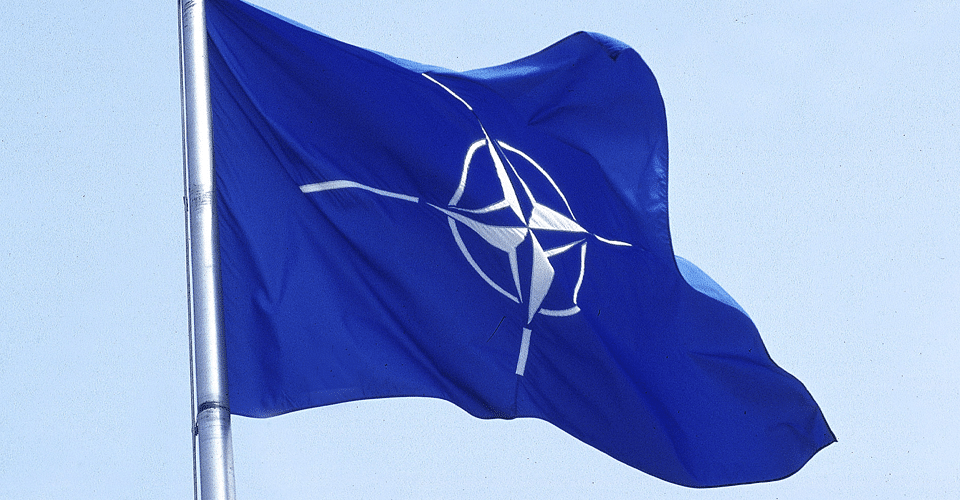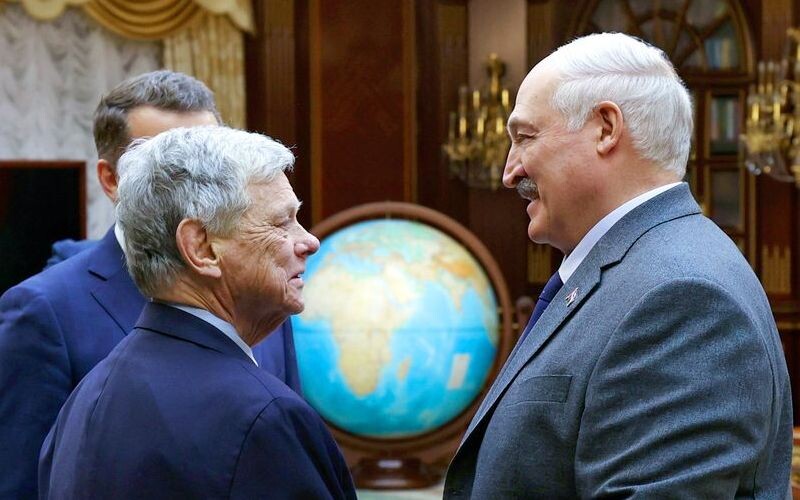Что может быть лучше, чем уйти, отдохнуть от рутины, открыть мир? Как известно в эссе, путешествие важнее места назначения, и это понятие следует распространить и на архитектуру. Да, потому что есть необычные аэропорты, которые заслуживают посещения сами по себе особенно если как у держателя карты Мастеркард у вас есть фаст лайн, за пределами шоу, которое открывается за их воротами.
Международный аэропорт Шэньчжэнь Баоань
При проектировании нового аэропорта в Шэньчжэне Fuksas был вдохновлен manta ray, рыбой, которая меняет форму, превращаясь в птицу, чтобы символизировать магию полета. Структура нового терминала, тоннеля длиной около 1,5 км, кажется, формируется под воздействием ветра, а при изменении высоты он подмигивает окружающему его природному ландшафту. Символическим элементом, который характеризует проект, является двойной «сотовый» внутренний и внешний мотив, который окружает структуру. Эта «кожа» из стекла и стали пропускает свет и использует его для создания выразительных графических эффектов. Эта обложка поддерживает белые колонны конической формы, которые напоминают интерьеры футуристического собора. Здесь головокружительные пространства двойной и тройной высоты вмещают различные функции,
Аэропорт Гейдара Алиева
Турецкая фирма Autoban разработала гигантские деревянные «коконы» для интерьера нового международного терминала в аэропорту Баку в Азербайджане. Структура с треугольным планом состоит из четырех уровней и окружена изогнутыми стеклянными стенами, которые закругляют углы. Пассажирские зоны представляют собой стеклянные пузырьки, между которыми ползут деревья и колонны, как в криволинейном и метафизическом лесу, в котором тема кокона предлагается в качестве повторяющегося мотива: внутри этих мягких деревянных капсул расположены магазины, кафе, зоны отдыха для самых маленьких и даже камера хранения.
Международный аэропорт Джона Ф. Кеннеди
В течение пятидесяти лет это был один из самых популярных и важных терминалов в мире, затем в 2001 году он закрыл свои двери, чтобы недавно переродиться в отель. Мы говорим о новом отеле TWA, который отдает дань оригинальной архитектуре здания, построенного в 1962 году и спроектированного архитектором Ээро Саариненом, обновляя его благодаря работе дизайнеров Lubrano Ciavarra, INC., Beyer Blinder Belle и Stonehill Taylor., Проект источает ностальгию и память, возрождая романтику полета, сопровождавшего первые воздушные движения, когда мы еще не привыкли к нему. В зале и в деловом и развлекательном центре есть несколько оригинальных красных бархатных сидений, взятых из старой комнаты ожидания. Из динамиков льются ноты Фрэнка Синатры, Битлз, Дасти Спрингфилд, чтобы подчеркнуть душу, стоящую за этим местом, подвешенную вне времени. Чтобы получить доступ к комнатам, клиенты должны пройти через трубчатые коридоры с пространственной атмосферой, чтобы оказаться в окружении, сочетающем чистую линейную эстетику с оттенком гламура в старом голливудском стиле. Деталь, которая имеет значение? Из окон открывается необычный вид: взлетно-посадочная полоса.
Аэропорт Берлин Темпельхоф
Берлинский аэропорт Темпельхоф, расположенный на гигантской территории площадью 877 акров, превосходящей площадь Центрального парка, является одним из самых характерных и эклектичных общественных мест в мире. Построенный в нацистскую эпоху и закрытый в 2008 году, этот впечатляющий столичный памятник вновь открыл свои двери после того, как берлинцы мобилизовались, чтобы спасти его от разорения, превратив его голые и внушительные пространства в общественный парк, как будто их больше нигде не видели. часть. Здесь можно бездельничать, есть, смотреть на художественную выставку или бегать на коньках, наслаждаясь различными развлекательными предложениями, которые предлагает посетителям сайт, идеальное воплощение преображающего и пульсирующего духа такого города, как Берлин.
Международный аэропорт Пекин Дасин
Новый пекинский аэропорт, спроектированный Захой Хадид, вдохновлен принципами традиционной китайской архитектуры, Как и в придворных домах, которые видны в этих частях, где пространства тяготеют к центральному внутреннему двору, даже в этой величественной структуре различные взаимосвязанные функции проявляются как эманация огромного закрученного атриума, который является сердцем здания. Здесь услуги и виды деятельности сосредоточены, разработаны так, чтобы быть гибкими и легко изменяемыми, и отсюда излучаются пять воздушных мостов, которые ведут пассажиров к воротам. Эта соединительная крыша, перекрытая сводчатой крышей, залита светом и поддерживается извилистыми и плавными формами, которые не только формируют пространство, но и помогают интуитивно ориентироваться. Плюс проекта? Его экологическая природа, благодаря солнечным батареям на крыше и системе восстановления дождевой воды.


 4097
4097












